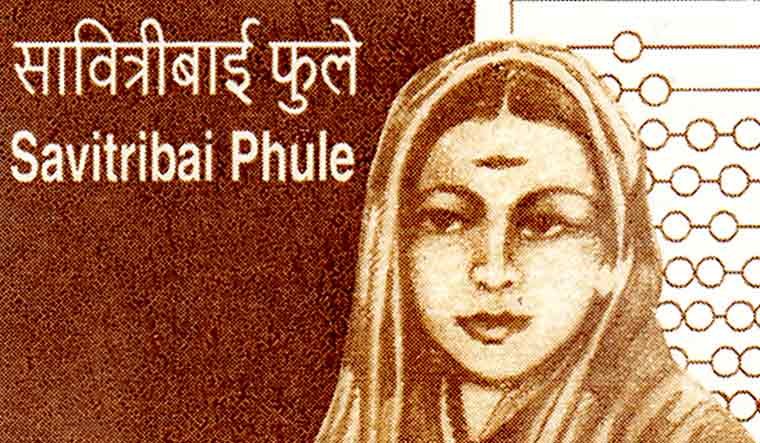Rajiv Ranjan Singh to Inaugurate the 21st Livestock Census: An Insight into India’s Rural Economy
The Indian government has announced the inauguration of the 21st Livestock Census, led by Union Minister Rajiv Ranjan Singh. This initiative is part of India’s broader efforts to gauge the role of livestock in its rural economy and address challenges faced by this sector. Livestock is an integral part of India’s agriculture-based economy, making up a significant portion of household incomes in rural areas. This census will offer comprehensive data on livestock distribution, which will help shape national policies and improve rural livelihoods.
Objectives of the 21st Livestock Census
The 21st Livestock Census is designed to capture detailed statistics on various animal species, including cattle, buffalo, sheep, goats, and poultry. One of the main objectives of this census is to aid policymakers in understanding current livestock demographics. Additionally, it aims to track population trends and help identify high-density areas for specific livestock types. Through this data, the government can devise region-specific plans to enhance productivity and sustainability, focusing on meeting the unique needs of each state or district.
Digital Advancements in Data Collection
For the first time, data for the Livestock Census will be collected using advanced digital tools. Mobile applications and centralized software will streamline the data collection process, ensuring accuracy and reducing the time required for data analysis. Digital methods will not only minimize human error but also provide real-time data updates, which can help in swiftly identifying issues such as livestock diseases or shortages. This tech-driven approach is expected to set new standards in census methodology, influencing future initiatives across various sectors.
Expected Impacts on Rural Economies
The census data will play a crucial role in determining the financial needs of rural communities. By accurately identifying the role of livestock in family incomes, the government can allocate resources more effectively. Livestock data will help in designing and implementing welfare schemes, such as subsidies and training programs, that directly benefit rural communities. Moreover, identifying regions with high livestock populations can lead to better resource allocation, such as fodder and veterinary services, creating a sustainable environment for rural growth.

Why This News is Important
Understanding Rural Economy Dynamics
The livestock sector is a pillar of India’s rural economy. This census will provide insights into the distribution and density of livestock, directly affecting rural incomes and development. For policymakers and economists, such information is invaluable for designing targeted welfare schemes.
Improving Livestock Management
A comprehensive understanding of livestock distribution helps in creating region-specific policies for resource management. This is vital for enhancing productivity and ensuring sustainable livelihoods, as it allows for efficient allocation of resources like fodder and veterinary care.
Tech-Driven Data Collection
The adoption of digital tools in census-taking marks a progressive step toward accurate and timely data. With faster data collection, real-time monitoring, and reduced errors, the 21st Livestock Census sets a benchmark for data-driven governance, benefiting both the government and rural communities.
Historical Context: Evolution of Livestock Census in India
The first Livestock Census in India was conducted in 1919-1920, primarily aimed at tracking cattle and other essential animals to understand rural livelihoods. Over the decades, the scope of the census has expanded, incorporating various animal species and adapting to technological advancements. The census has become an indispensable tool for planning rural development, particularly in an agricultural economy where livestock holds substantial significance. The last census, held in 2019, provided data that shaped many rural welfare schemes. This evolution highlights the increasing sophistication of data collection in India and its impact on policymaking.
Key Takeaways from the 21st Livestock Census Inauguration
| Sr. No. | Key Takeaway |
|---|---|
| 1 | The 21st Livestock Census aims to collect comprehensive data on various livestock species, aiding policymakers in developing welfare schemes. |
| 2 | Digital tools and applications will be used for the first time in this census, ensuring accurate and real-time data collection. |
| 3 | Livestock plays a critical role in India’s rural economy, and the data will help improve financial conditions in these areas. |
| 4 | The census data will support region-specific policies and better resource allocation for rural communities. |
| 5 | The initiative is a significant step in understanding rural needs and enhancing sustainable livestock management. |
Important FAQs for Students from this News
What is the purpose of the 21st Livestock Census in India?
The 21st Livestock Census aims to collect comprehensive data on livestock populations across India, helping policymakers make informed decisions for rural development and livestock management.
Why is the 21st Livestock Census important for rural communities?
The census provides insights into livestock distribution, which directly affects rural economies by informing schemes and policies related to resource allocation, fodder supply, and veterinary services.
What technological advancements are being used in the 21st Livestock Census?
For the first time, digital tools such as mobile applications and centralized software are being used to collect data, ensuring accuracy and real-time updates.
Who is leading the 21st Livestock Census?
Union Minister Rajiv Ranjan Singh is overseeing the inauguration and execution of the 21st Livestock Census in India.
How does the census impact rural development policies?
Data from the census allows for region-specific planning and improved resource distribution, benefiting rural communities by providing targeted assistance.
Some Important Current Affairs Links


















